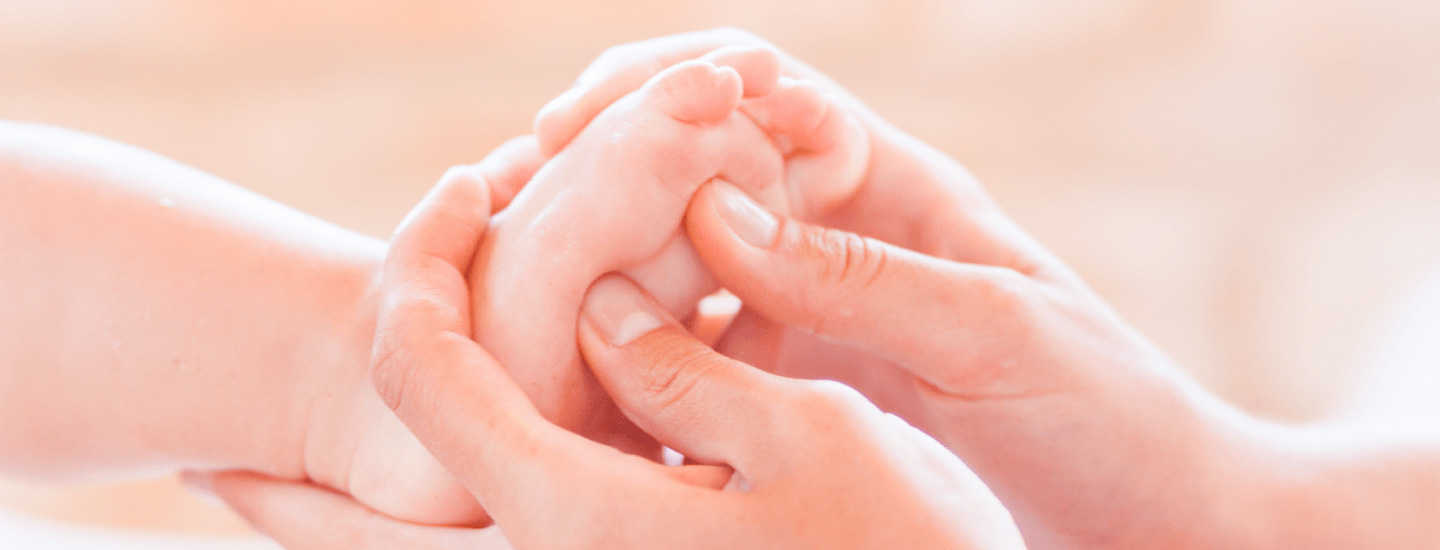Children’s Podiatry
Children’s Podiatry

Children’s feet are a complex structure of bones, ligaments, tendons and muscles undergoing rapid development and changes. The growth plates in the lower limb are not fully matured and developed until young adulthood.
At Revesby Podiatry – Foot and Ankle Clinic, we endeavour to get our paediatric patient’s walking in the best alignment possible from an early stage, to prevent excessive stresses to the lower limb later in life. Our podiatrists have experience in treating children’s feet and will assess your child’s posture, gait, muscle flexibility and strength from head to toe as part of their assessment.
Osgood- Schlatters Syndrome
Osgood-Schlatters Syndrome is characterised by the presence of an enlarged lump at the base of the knee. This condition is common in early adolescence and is caused by an irregularity in the rate of bone formation and growth of soft tissue. Osgood-Schlatters can be exacerbated by internal tibial rotation caused by excessive pronation and results in knee pain originating at the top of the tibia (shin) bone.
Growing Pains
Growing pains are not part of normal development. If this was the case then all children would experience it, however this is not accurate. Growing pains are considered to be a biomechanical issue associated with rates of growth spurts and can be treated with appropriate footwear and/or orthotics.
Pigeon Toe (In-toeing) and Out Toe
In-toeing and Out-toeing are very common observations made with children. 85% of the population is either pigeon toed or out toed.
In-toeing may derive from an internal torsion (twist) of the shin bone or as a result of tightness in the groin muscles. Out-toeing is associated with external torsion of the shin bone along with tight gluteals or external hip rotator muscles.
Severs Disease
Severs Disease (calcaneal apophysitis) is associated with pain at the back of the heel bone usually after sport or activity. Severs has been known to be associated with excessive pronation and tightness in the calf muscles which affects the heels of children aged 9-12 years. There is a higher incidence amongst boys and very active children. It is characterised by pain increasing when the child stops running and when rising from the seated position.
If your child suffers with poor balance/control and co-ordination, low muscle tone, pigeon toeing or out-toeing, gait problems, foot and leg pain then we can help!
